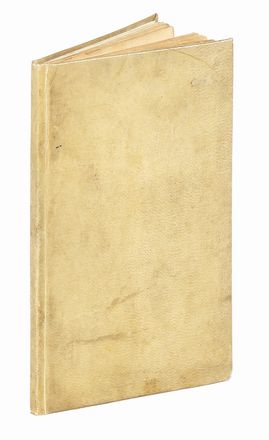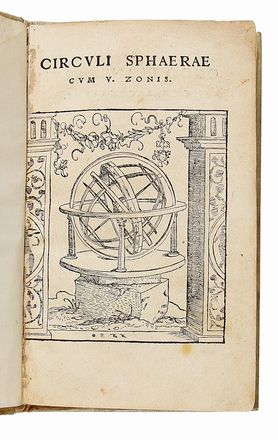

- #HONTER CIRCULI SPHAERAE CUM V ZONIS HOW TO#
- #HONTER CIRCULI SPHAERAE CUM V ZONIS FULL#
- #HONTER CIRCULI SPHAERAE CUM V ZONIS PLUS#
Vinet a été l'éditeur de nombreux ouvrages qui pour la plupart, ont servi à l'enseignement qu'il dispensait. Montaigne qui l'a qualifié de "meilleur de France", y entra comme élève en 1539, l'année même où Vinet commença à y professer. Ce collège était au centre de la vie intellectuelle de Bordeaux et de sa région.
#HONTER CIRCULI SPHAERAE CUM V ZONIS PLUS#
Le saintongeais Elie Vinet (1509-1587) a été l'un des plus brillants maîtres du Collège de Guyenne. On sait le succès de cet ouvrage qui a servi de manuel pour l'enseignement de l'astronomie pendant plusieurs siècles. La "Sphère" de John of Holywood, ou Sacrobosco avec les commentaires de l'humaniste Elie Vinet, connut de nombreuses éditions au cours du XVIe et du XVIIe siècle. Reliure :Veau, dos à nerfs orné, plats ornés d'armes dorées sur le premier plat et d'un monogramme doré sur le second plat, filets d'encadrement, tranches marbrées.

Adams H-740 John Carter Brown Library, I / p. Egnazio Danti (1536 - 1586), mathematician, astronomer and maker of scientific instruments, active first in Florence and Bologna, then in Rome as a papal cosmographer with Pope Gregory XIII. 15 (Chapter VIII, Che l'acqua sia rotonda ): "in questi nostri avventurati giorni il Colombo referisce haver dato principio a ritrovarci un nuovo mondo dal quale son'già più volte tornati in Ispagna con le navi cariche d'oro, et di perle et goie pretiose". It contains a reference to Columbus at p. 1512), ancestor of the famous mathematician Egnazio Danti, who published the present work. First edition of this Italian translation with commentary of Sacrobosco s Sphere tract, by Piervincenzo Danti de Rinaldi (d. (12), 68, (4), illustrated with several woodcut illustrations and diagrams. Woodcut device at title, depicting the world (with Asia and Africa), woodcut initials, a portrait of Dante de Rinaldi at verso of last preliminary leaf, pp.
#HONTER CIRCULI SPHAERAE CUM V ZONIS FULL#
4to (188 x 135 mm), full vellum rebacked, light browning and spotting, the lower margin of title cropped (not affecting text), but generally in good condition.

He joined this text of 'De anni ratione' to his edition of 'De sphaera' on the instigation of Rheticus: "Valde probo consilium Georgii Ioachimi Rhetici, quod ad libellum de Sphaera adiunxit rationem Anni conscriptam ab eodem authore Ioanne de Sacro busto". The preface by Melanchton is dated August 1538. Sacrobosco too was influenced by Arabic astronomical sources, but not the same sources, and there is no indication in his writings that he could read Arabic. The astronomer Campanus of Novara in 1268 did similar work, again making use of Arabic astronomy sources. Sacrobosco's data were not quite as accurate as those of the Alfonsine tables which were produced a few decades later in the 1270s based on the Arabic Tables of Toledo. But looking to the future, he proposed to leave one day out of the calendar every 288 years to prevent continuing error.
#HONTER CIRCULI SPHAERAE CUM V ZONIS HOW TO#
Sacrobosco made no proposal on how to get rid of the accumulated error. The imprecise 365.25 days had resulted in an accumulated error of about 10 days by the 13th century. However, the more precise length of a solar year is about 365.2425 days. and a calendar year contained 365.25 days, with the 0.25 day provided for by a Leap year every four years. The Julian calendar was instituted in the 1st century AD.

In his book on computus, entitled in Latin De Anni Ratione (English: On reckoning the years), dated circa 1235, he maintained that the Julian calendar had accumulated an error of ten days and that some correction was needed. What Sacrobosco may be most famous for is his criticism of the Julian calendar. (14,7x9,4 cm.) (112 pp.) New leather spine, later boards (binding worn and chafed name of Philip Melanchton on title page crossed out, contemporary doodle on last page corner from one page without loss of text, one page slightly trimmed, chafing one woodcut) Adams (Holywood) 724.


 0 kommentar(er)
0 kommentar(er)
